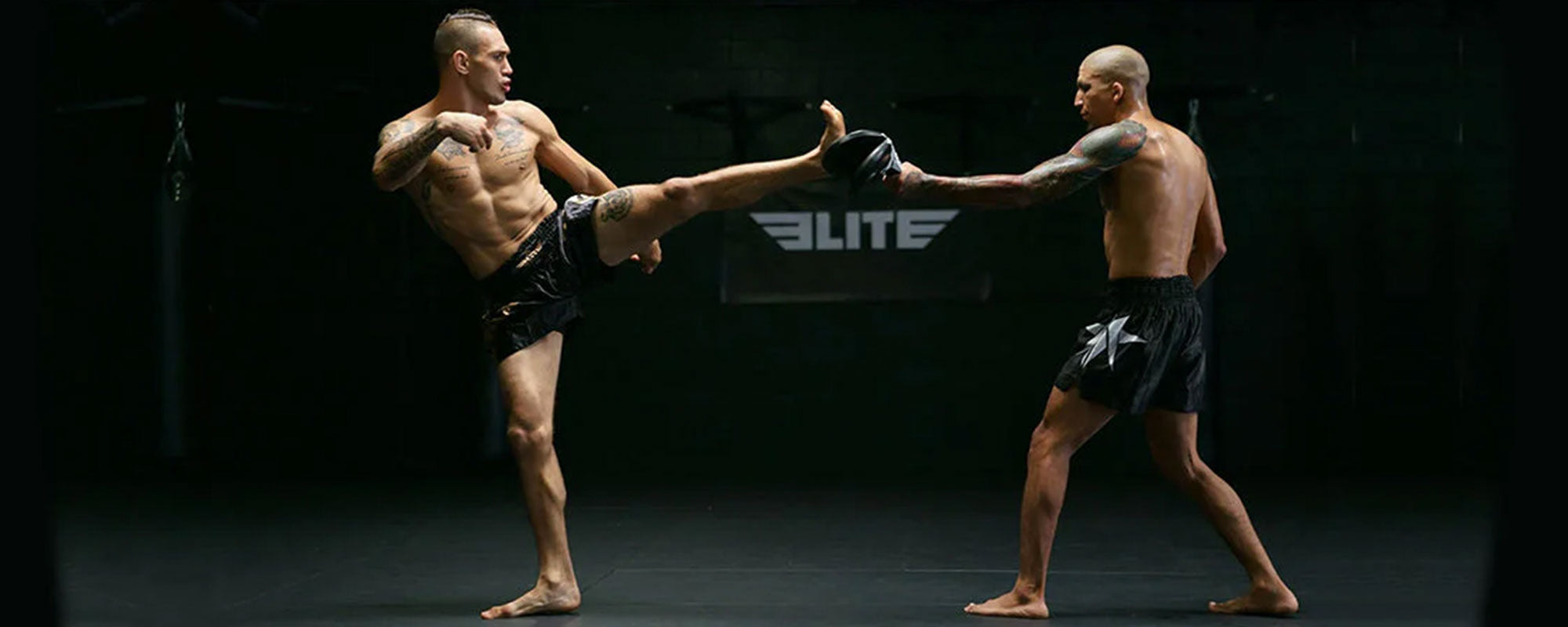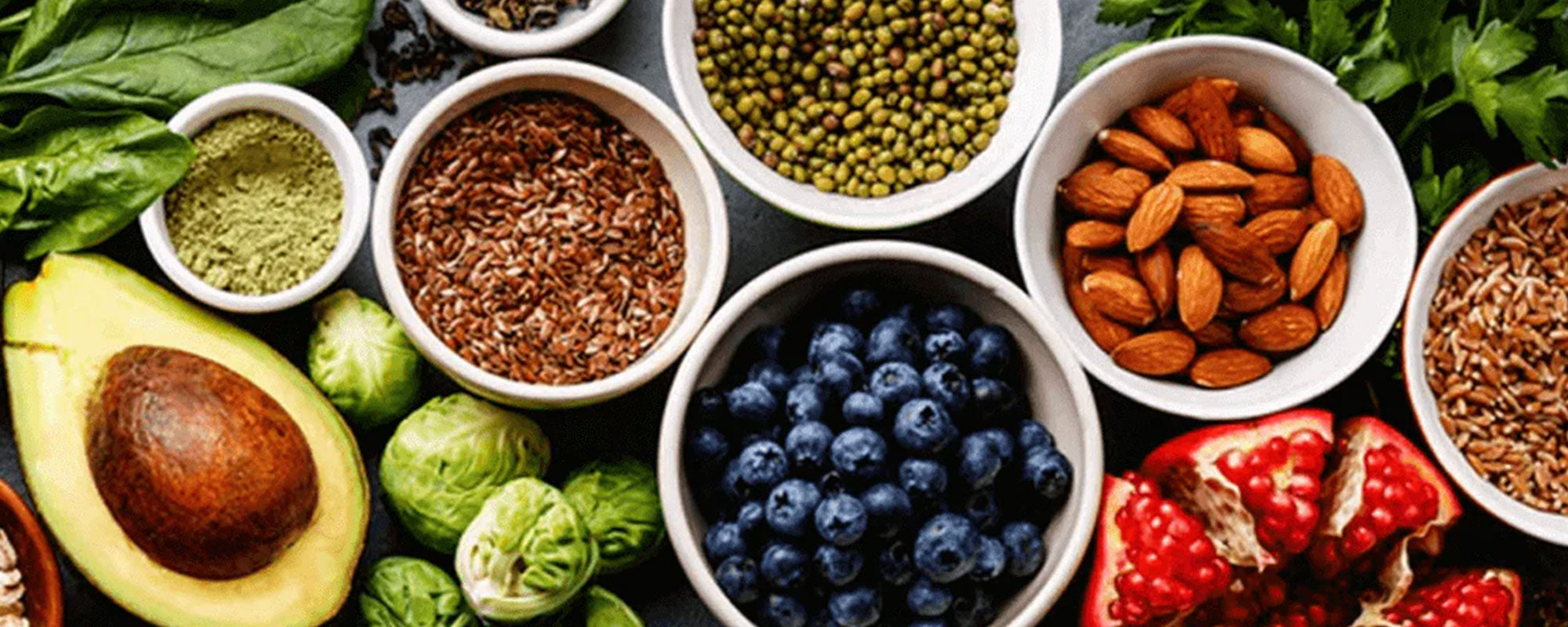Table of content
At first glance, throwing a punch hardly seems complicated at all. It is the most basic way to defend yourself. You instinctively know how to swing a fist even if you never find yourself in many confrontations during your life. However, boxing transforms a defensive reflex into an impressive display of skill and discipline. Relying on nothing but your stamina, agility, and fists, boxing tests the mettle of fighters who want to be adept at dealing out and taking hits.
Even though boxing has your fists doing most of the work, your entire body has to be physically fit if you want to be the most effective when unleashing combos. Typically, boxers go to the gym to spar with trainers or beat up a punching bag. However, it is not required to visit a gym to get meaningful training done. It is possible to get a challenging workout done while you remain at home.
You might find it preferable doing a boxing workout at home instead of going to a gym. You do not have to wait for a turn at the punching bag. You do not have to wait for other boxers to vacate a space you want. You do not need to pay a membership or drive to a gym that may be miles away. Not having access to every kind of gym equipment is hardly a big loss. What matters is you have somewhere you can be comfortable yet productive while getting into your boxing exercises. And what better place can there be than your place of residence?
The purpose of this article is to help you plan out the finer details of your boxing workout at home. You have to set aside a room in your home with enough space to move freely and purchase gear that will enhance your strength. You also have to know which exercises and workout programs are suited for boxing yet do not require much gym equipment. Finally, you have to think hard about what you want to wear that lets you perform optimally while doing your boxing workout at home.
1. Preparations For Boxing Workout at Home
In terms of where you want to conduct your boxing workout at home, there are a few factors to keep in mind. The best places for you to set up are either in the living room, basement, or garage. You do not necessarily need the full room, only 8 feet by 2 feet of space. If you prefer making use of the entire area, clear away any breakable or sharp objects to avoid injuring yourself. Make sure you can move around freely without running into obstructions.
A punching bag will give you a durable target to practice your boxing techniques on. While they more of less function the same, you can choose between either a hanging punching bag or a free-standing punching bag. A hanging punching bag will swing when hit which provides a slightly mobile target. A free-standing punching bag is stationary but can have its position easily changed.
Make sure you are standing on a training mat. A training mat is made of rubber which will help with traction and allow you to move barefoot without fear of punctures. Avoid practicing on any floors lined with carpet or wood as the coarse materials or slick surface may make it difficult to maneuver.
2. Boxing Exercises At Home
2.1. Jab:
When in a boxing stance, stand upright with your legs spread apart at shoulder-width and your knees slightly bent. Your front foot should be pointed forward while your back foot is turned outward towards the side. Your feet should form a shape resembling an L. Bend your elbows and bring your fists up in front of your face so that they are level with your chin. Keep your arms relatively close to each other to reduce how much of your front is exposed. Make sure there is still enough space between your elbows to allow full extension of your arms when punching, Using the forward arm, the arm on the same side as your front foot, extend it fully as you aim a punch straight ahead of you. Your resting arm should remain close to and protect your upper torso. Bring your forward arm back to your upper torso and return to your boxing stance. Repeat the process.
2.2. Cross Jab:
Start in a boxing stance. Using the back arm, the arm on the same side as your back foot, extend it fully as you aim a punch straight ahead of you. As you do so, pivot your back foot so that it faces forward while giving your back arm extra length. Your hips should turn with your back foot. Bring your back arm back to your upper torso and return to your boxing stance. Repeat the process.
2.3. Hook:
Start in a boxing stance. Depending on which arm you use, swing your punching arm into a wide arc from the side while pivoting the foot on the same side. Your hips should follow the direction of your fist as it travels. Your fist should pass by or stop in front of the shoulder of your resting arm. Bring your punching arm back to your upper torso and return to your boxing stance. Repeat the process.
2.4. Uppercut:
Start in a boxing stance. Depending on which arm you use, swing your punching arm upward in a scooping motion in front of you. Your fist should go as far as being level with or above your eyeline. Only when you use your back arm do you have to pivot your leg and turn your hips.
2.5. Shoulder Taps:
Start in a standard push-up position. While keeping off the ground, use one of your arms to reach over towards the opposite shoulder until you touch the muscle with your fingers. Make sure to keep your legs and the supporting arm straight to maintain balance while you are doing this. Return to the starting position. Remember to alternate between arms as you repeat the process.
2.6. Boxer Push-ups:
Start in a standard push-up position. Lower your body while not touching the ground. Elevate back up into the starting position. Immediately follow up by bringing one of your knees up to your chest. Straighten your leg and return to the starting position. Remember to alternate between legs as you repeat the process.
2.7. Bicycle Crunches:
Lie on your back with your shoulder and head slightly elevated off the ground. Place your hands behind your head and clasp your fingers together. Extend one leg fully so that it lines up with the rest of your body while touching the floor. Bend the other leg so the knee comes up to your chest. Twist your body so that the elbow opposite of your bent knee ends up touching. Remember to alternate your limbs when twisting as you repeat the process.
2.8. Squat Thrust:
Stand upright with your legs apart at shoulder-width and your arms resting at your sides. Lower yourself while bending your knees until your palms are resting flat on the ground. Quickly pounce and straighten your legs out behind you. You should find yourself in a standard plank position. Pounce again and bring your legs back into the previous position. Stand back up into the starting position. Repeat the process.
2.9. Russian Twists:
Sit down and balance on your bottom. Your legs should be elevated off the ground and your upper torso should be leaning slightly backward. Your body should make a shape resembling a V. Make sure your arms are crossed over your chest. Twist your upper torso from side-to-side while keeping your legs and upper torso off the ground.
2.10. Shadow Boxing:
Shadow boxing involves engaging in practice fights with an imaginary opponent. While from an outward perspective it looks like you are just punching air, visualizing an imaginary opponent attacking you will help test your current moveset.
3. Boxing Workout Programs At Home
3.1. Workout Program #1:
This workout program begins with a 20-minute jog as a warmup. You will then engage in shadow boxing for 5 rounds. Each round will be about 3 minutes long with 30-second breaks in between rounds. Transition to using the punching bag for 6 rounds. Each round will be about 3 minutes long with no breaks. Spend 3 rounds focused on improving striking power and the other 3 rounds focused on improving punching speed. To facilitate muscle growth, do 10 push-ups and 10 jump squats for 3 rounds. Each round should be about 3 minutes long with 1-minute breaks in between rounds. Conclude your workout by doing 200 sit-ups at a consistent pace.
3.2. Workout Program #2:
This workout program begins with a 10-minute jog, 20 squats, 20 push-ups, and 40 crunches as a warmup. You will then engage in shadow boxing for 5 rounds. Each round will be about 3 minutes long with 30-second breaks in between rounds. Transition into doing combinations on a punching bag for 5 rounds. Each round will last about 3 minutes with 30-second breaks in between rounds. End your workout strong by doing 100 push-ups, 100 squats, and 200 sit-ups. You are allowed breaks in the final leg, but it is suggested you limit how many you take.
3.3. Workout Program #3:
This workout program begins with you jumping rope for 3 minutes as a warmup. You will then proceed to do combinations of jabs, cross jabs, and dodges alongside boxer push-ups for 2 rounds. For each round, complete 20 combinations and 10 boxer push-ups. Include uppercuts and hooks during combinations alongside bicycle crunches for the next 2 rounds. For each round, complete 20 combinations and 20 bicycle crunches. Finish up by jumping rope in a criss-cross style for 3 to 5 minutes.
3.4. Workout Program #4:
This workout program has you completing a list of 8 exercises which is repeated for 4 rounds. Each exercise will be done in 30 seconds. You start with lightly jumping rope at a comfortable place then picking up speed as you do high jumps where your knees come up to your chest. You then do as many crunches and leg lifts as you can within the time limit. You follow up with two sets of combinations: the first includes jab, cross jabs, and sprawl jumps while the second includes jabs, cross jabs, hooks, and rolls. Transition into performing as many russian twists and shoulder taps you can within the time limit. Complete your workout by doing both combinations again in the exact same order.
4. Boxing Workout Clothes
4.1. Boxing Gloves:
Boxing gloves are heavily padded while completely encompassing your hands, serving as your most reliable tools in both offense and defense. Though responsible for knocking out your opponent, the padding helps minimize damage to facial features by absorbing impacts during punches. This function also helps to ward off attacks by lessening the power of punches during blocking. Wearing these while practicing on a punching bag will help you gauge the extent of your striking power.
4.2. Shorts:
Boxing shorts have loose and baggy legs to allow air to enter through the openings at the hems and travel freely throughout to keep your lower torso cool. Despite their looseness, the elastic waistband remains secure around your waist and allows your legs to move freely.
4.3. Headgear:
Boxing headgear is lined with protective foam that helps protect your head from blunt trauma. While padding encompases your entire head, there are protected openings for your ears, face, and top of your head to allow excess body heat to escape and prevent overheating. The cheek protectors will help reduce impact against your face and jaw. If you plan to include a sparring partner in your workout, you should wear headgear just in case.
4.4. Mitts:
Boxing mitts provide an alternative means to practicing your punches. Like a punching bag, the heavy padding helps the mitts withstand the punishment of your blows. However, the advantage is that they provide smaller, moving targets which present a more difficult challenge than the larger, stationary punching bag. However, a training partner is required to wear them if you want to put the mitts to use.
4.5. Rash Guards:
Boxing rash guards are form-fitting shirts that encourage better blood circulation and help your muscles recover following the end of your sessions. The materials ensure that no bacteria or fungi can stick which prevents you contracting an infection.
4.6. Spat Pants:
Boxing spat pants are form-fitting pants which can be worn by itself or underneath a pair of shorts. The materials prevent sweat from soaking into the pants, are durable despite their rubbery outlook, and allow your legs to move freely.
5. Takeaway
Dedicating your time to developing your boxing skills at home should not be treated as a chore. You have nothing to lose and everything to gain by trying out boxing drills within the comfort of your abode. Besides becoming proficient at raining down punishment, you will see an improvement to your health and start to adopt better habits. Plus, the planning stage can be fun if you approach it with an open mind. If there was an empty room that had not been used in a long time, think of it as an opportunity to liven it up with items that show your love for boxing. Look at the various boxing exercises and workout programs as chances for you to challenge your limits so you can realize your ideal boxing identity. And even if no one else sees what you wear, putting on boxing attire will make you feel like a true boxer as you work, making you look stylish while exerting yourself.




Leave a comment
This site is protected by hCaptcha and the hCaptcha Privacy Policy and Terms of Service apply.